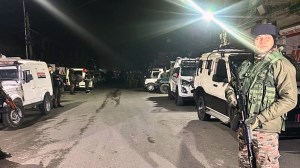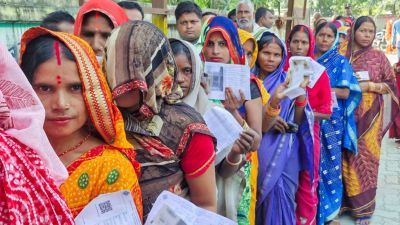Stay updated with the latest - Click here to follow us on Instagram
White-backed vultures bred in captivity to be released soon
This is Jatayu Conservation Breeding Centre's second major project after After successfully releasing two Himalayan Griffons into the wild in June this year.
 A white-backed vulture. Express
A white-backed vulture. Express
After successfully releasing two Himalayan Griffons into the wild, the Jatayu Conservation Breeding Centre at Pinjore is gearing up to release eight critically endangered white-backed vultures in December. It will be Asia’s first critically endangered vultures to be released after being bred in captivity.
One major reason why the vultures are endangered is due to use of the drug diclofenac in cattle to treat fever. This is toxic to vultures that feed on dead cattle. Although the drug has been banned for veterinary use since the issue came to light, it is still used as a painkiller for humans and has led to misuse.
“It is important to eliminate potential threats. The government banned multi-vial dose for human consumption in 2015,” said principal scientist, Dr Vibhu Prakash, who is also programme head, National-level Vulture Conservation Team of Bombay Natural History Society (BNHS). Teams have begun surveying states of Himachal, Punjab and Haryana to check use of the drug.
The release will be part of the Asia’s first ‘Gyps Vulture Reintroduction Programme’ which was launched on June 4. However, it will only happen once they are granted permission for tagging the birds with platform transmitter terminal (PTT). “Without it, it is extremely difficult to monitor their movement after release. We cannot take the risk of losing track of them, as they are critically endangered,” asserts Dr Prakash, “We have sought permission and we hope to get it before December.”
“Without PTT, we can only rely on information given by public,” said Dr Prakash.
Eight birds, which were selected for release have been shifted to pre-release aviaries to help them acclimatise to the outside environment. “Six are young and captive-bred. The two adults are not captive-bred. They will act as guides for the young ones when they fly into the wild,” says Dr Prakash.







